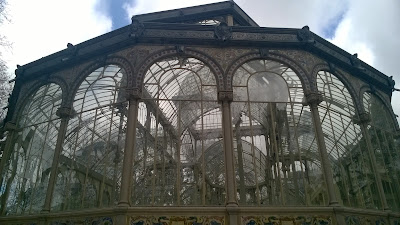First Year Exhibition - Collections and Obsessions
Reflection
When choosing a category for the show, I felt it was only natural that my work fit into the collections and obsession category as I have been collecting artefacts throughout my practise, trying to push things to breaking point, to better learn the limits of the objects. I didn't know who else was exhibition in the same section, until the day the show was being hung. So the first thing I did was invite everyone to sit down and get out their work so that we could discuss it as a group. It was evident straight away that small groups were emerging connected by potential links. Once we established which pieces were being hung, I started allocating potential spaces and invited people to comment on any changes that might suit the the flow of the exhibition better. We agreed on using the space, which was in fact a corridor to its advantage and sectioned work up so that it would create a narrative, allowing the viewer to be part of a journey. The first section, was comprised of mine and Helen's work, since we both had tall structures, I felt it would be most effective if we mirrored them. Themes of heritage from natural to family feed into each other as the views pasted the first arch, which then opened up to reveal work about celebrity, superficially and city shapes. At the very end of the corridor, lurking in the shadows, a wire scull sat surveying the space. It was decided that the sculpture would be best placed there as it conjured up metaphors of deaths waiting in the wings, being this great force that would catch up with you in the end.



































































